DermNet provides Google Translate, a free machine translation service. Note that this may not provide an exact translation in all languages
ADVERTISEMENT
DermNet™
The world’s leading free dermatology resource. We help thousands of people make informed, evidence-based decisions on how to care for skin conditions, by providing reliable information at the click of a button.
Recently added pages
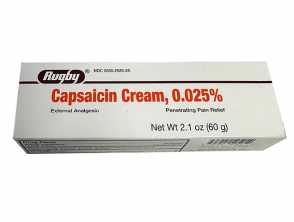
Capsaicin
Capsaicin is a topical analgesic used for symptom relief in osteoarthritis and some neuralgic conditions such as post-herpetic neuralgia.
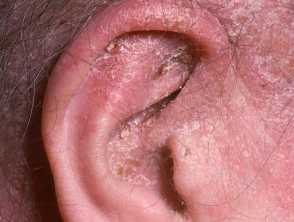
Otitis externa
Otitis externa, also called external otitis or ‘swimmer’s ear’, is a common inflammatory condition of the external auditory canal (the...
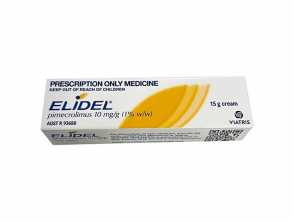
Pimecrolimus
Pimecrolimus is a topical steroid-free medication with immune-modulating and anti-inflammatory properties, used to treat atopic dermatitis.
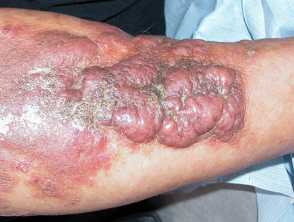
Obesity-associated lymphoedematous mucinosis
Obesity-associated lymphoedematous mucinosis (OALM) is a rare and recently identified form of pretibial dermal mucinosis that affects individuals who are...
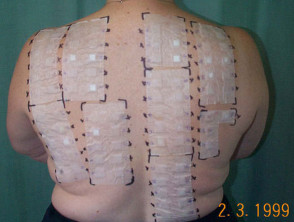
Baseline series of patch test allergens
Standard or baseline series of allergens are recommended for people undergoing patch testing because these include the most common and...
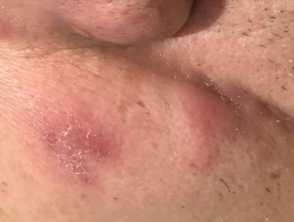
Neutrophilic sebaceous adenitis
Neutrophilic sebaceous adenitis is a rare inflammatory dermatosis that most commonly affects the face and torso of young men.
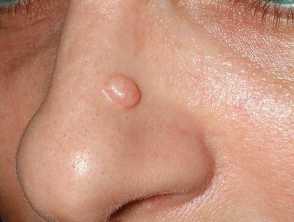
Trichoepithelioma
Trichoepithelioma is a rare benign skin neoplasm that arises from hair follicles.

Polypodium leucotomos extract
Polypodium leucotomos extract (PLE) comes from a tropical fern plant grown in Central and South America.
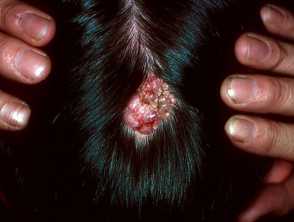
Nevus sebaceous
A nevus sebaceous (sebaceous naevus) is a common type of birthmark affecting 0.3% of live births.

Aquagenic wrinkling of the palms
Aquagenic wrinkling of the palms is a rare condition characterised by transient oedematous skin of the palms after contact with...
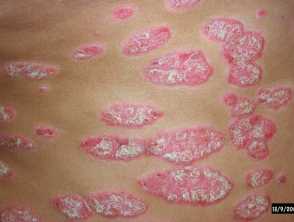
Deucravacitinib
Deucravacitinib is a selective oral tyrosine kinase 2 inhibitor for the systemic treatment of moderate to severe plaque psoriasis and...
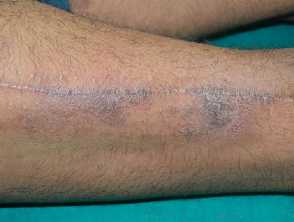
Autonomic denervation dermatitis
Autonomic denervation dermatitis is an uncommon localised eczematous eruption around a surgical incision site.
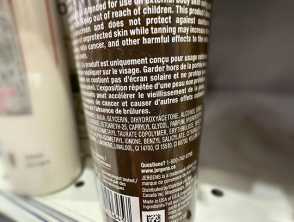
Dihydroxyacetone
Dihydroxyacetone (DHA) is a ketotriose monosaccharide commonly used as the active ingredient in sunless tanning agents (fake tan).
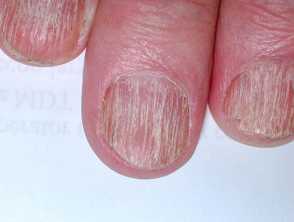
Trachyonychia
Trachyonychia is characterised by brittle nails that show diffuse longitudinal ridging and can be accompanied by pitting, loss of lustre,...

Common terminology criteria for adverse events due to cancer therapy
The common terminology criteria for adverse events (CTCAE) describes a grading system for adverse event reporting associated with cancer therapy.
World Health Days
Diabetes Month
November is World Diabetes Month.
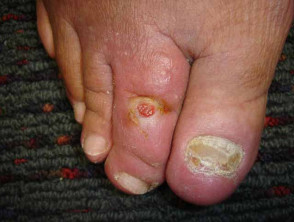
Diabetic foot ulcer
A diabetic foot ulcer is a skin sore with full thickness skin loss often preceded by a haemorrhagic subepidermal blister.
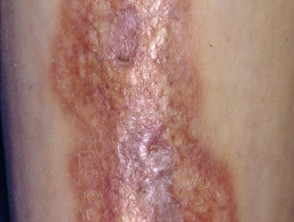
Necrobiosis lipoidica
Necrobiosis lipoidica is a rare granulomatous skin disorder typically described on the shin of diabetics.

National Oral Health Day
The 8th of November is National Oral Health Day in New Zealand.
Transient lingual papillitis
Transient lingual papillitis is a common painful inflammatory condition affecting one or several fungiform papillae on the tongue.

World Jellyfish Day
The 3rd of November is World Jellyfish Day.
Childhood infections
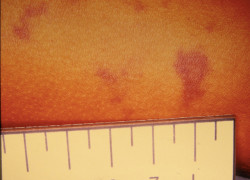
Meningococcal disease
Meningococcal disease is an illness caused by the bacteria Neisseria meningitidis.
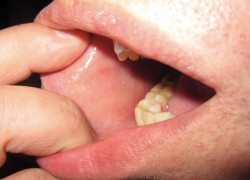
Measles
Measles is a highly contagious viral infection causing fever and a rash. Early symptoms are like the common cold, with...
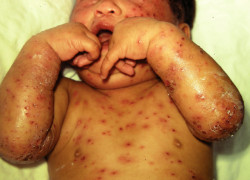
Chickenpox
Chickenpox is a highly contagious viral infection that causes an acute fever and blistered rash, mainly in children.

Fifth disease
Erythema infectiosum is a common childhood infection causing a slapped cheek appearance and a rash.
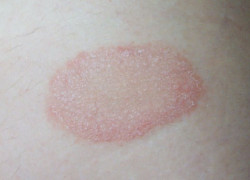
Pityriasis rosea
Pityriasis rosea is a viral rash which lasts about 6–12 weeks. It is characterised by a herald patch followed by...
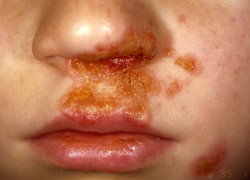
Impetigo
Impetigo is a common, superficial, highly contagious bacterial skin infection characterised by pustules and honey-coloured crusted erosions.
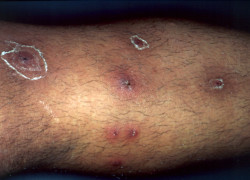
Boil
A boil (also called a furuncle) is a deep form of bacterial folliculitis (infection of a hair follicle).
Hand foot and mouth disease
Hand, foot, and mouth disease (HFMD or HFM) is a common, self-limiting, viral infection that causes blisters on the hands,...
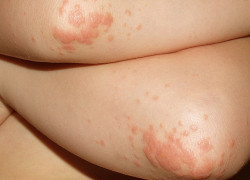
Papular acrodermatitis
Papular acrodermatitis of childhood is a characteristic response of the skin to viral infection in which there is a papular...
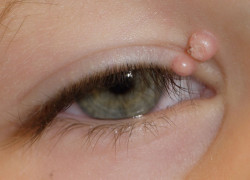
Molluscum contagiosum
Molluscum contagiosum is a common viral skin infection of childhood that causes localised clusters of umbilicated epidermal papules.
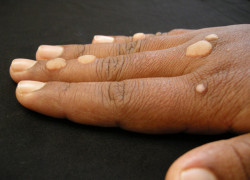
VIral warts
A viral wart is a very common benign lesion caused by infection with human papillomavirus (HPV).
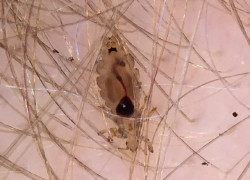
Head lice
Head lice are small, wingless insects that infest the human scalp.
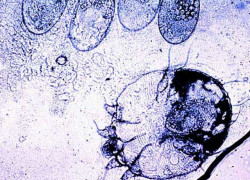
Scabies
Scabies is a transmissible skin disease caused by the ectoparasitic mite Sarcoptes scabiei var.
Support
Supported by and contributed to by New Zealand Dermatologists on behalf of the New Zealand Dermatological Society Incorporated.
Sign up to the newsletter
© 2024 DermNet.
DermNet does not provide an online consultation service. If you have any concerns with your skin or its treatment, see a dermatologist for advice.